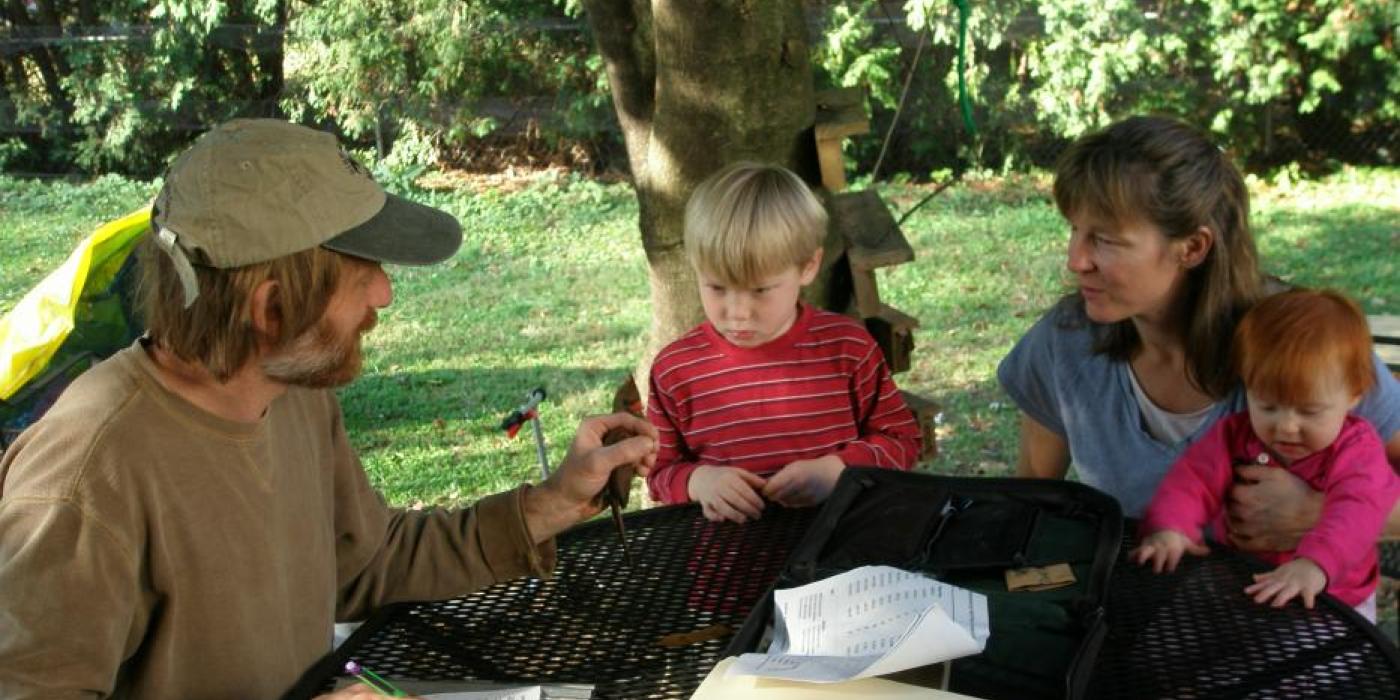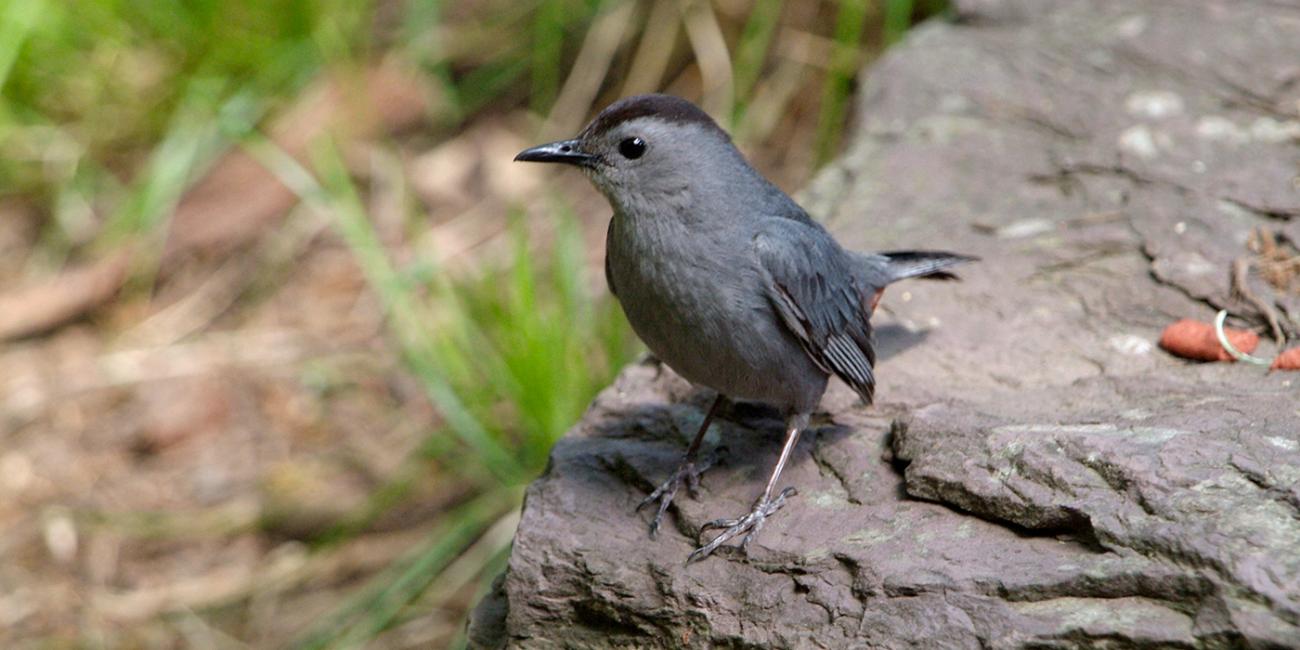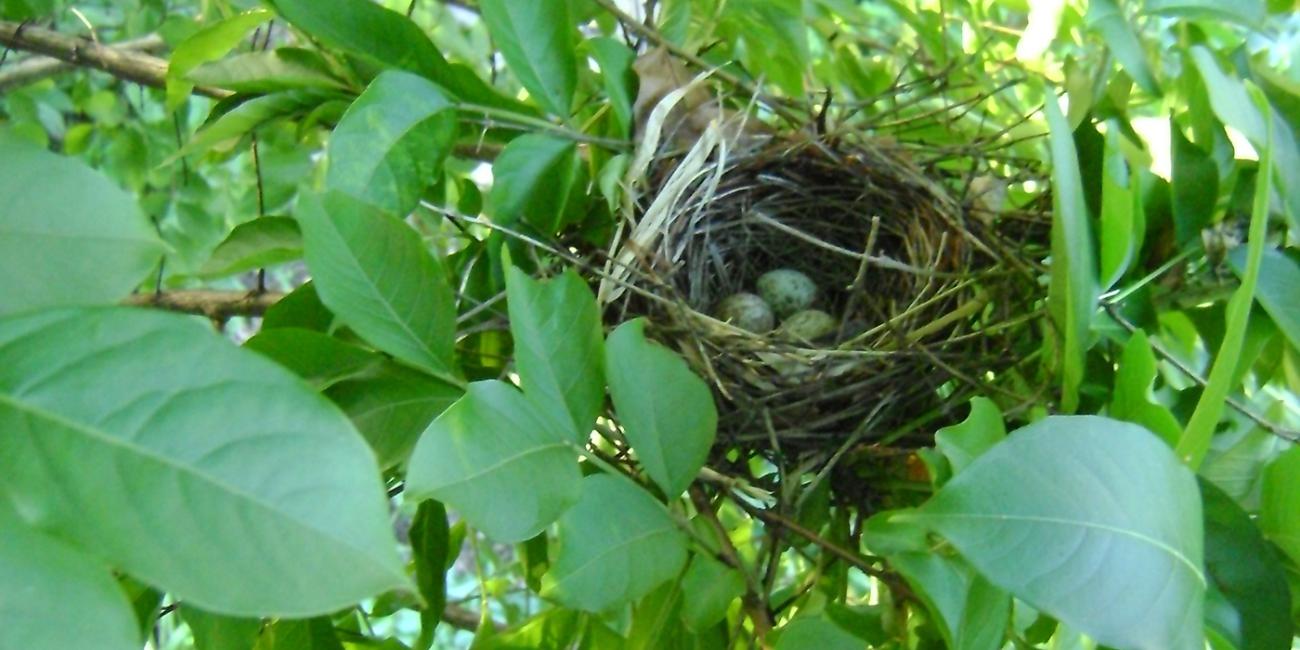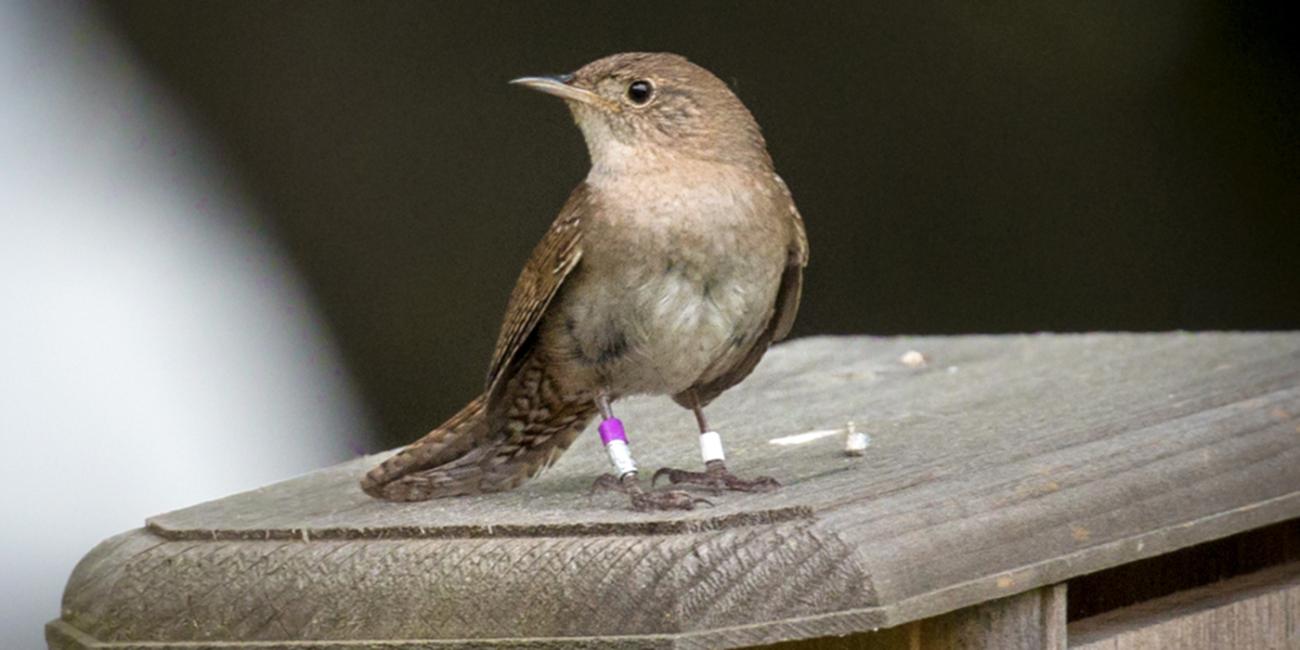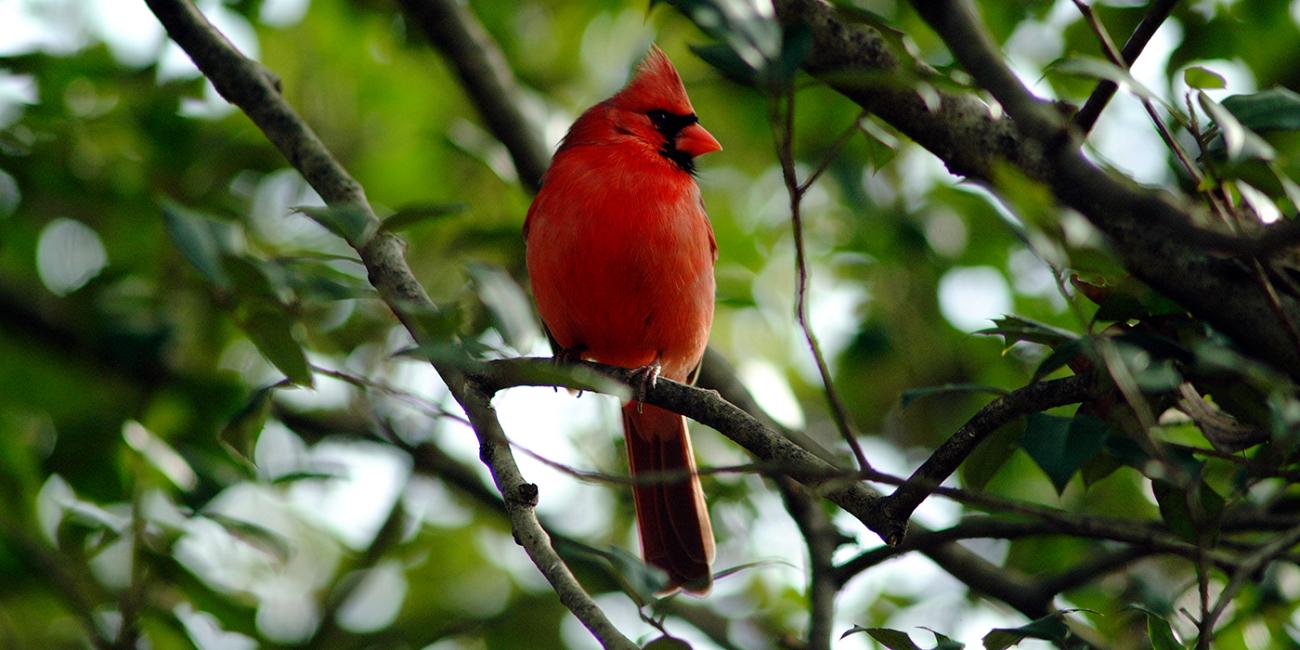Resources for Participants
Neighborhood Nestwatch participants enter a long-term relationship with the program and the birds that frequent their neighborhood. Repeat visits each year are necessary to meet both scientific and educational goals.
A typical backyard visit occurs on a spring or summer morning and begins not long after sunrise when birds are most active. A range of scientific activities are conducted during the visit, including a point-count bird census, netting and banding, nest finding, vegetation sampling, neighborhood re-sight forays and education.
Participants assist with many of these activities along the way, learning about avian natural history and the scientific process. They are mentored annually on recording and reporting their data, which contributes to a robust database and future publications.
Participants may require the following references and data sheets when monitoring the birds in their backyard:
Bird Friendly Home and Yard ›
Help birds by following these simple steps to make your backyard and home bird friendly.
Nest Monitoring Guidelines ›
Following the life of a nest provides the opportunity to make an important scientific contribution but must be done very carefully.
Re-Sighting Color-Banded Birds ›
Each year, hundreds of birds join the thousands that have already been color-banded in Nestwatch backyards and schoolyards.
Submit Neighborhood Nestwatch Data ›
Are you a Neighborhood Nestwatch participant? Submit your nest monitoring and bird re-sighting data to Smithsonian scientists here.
